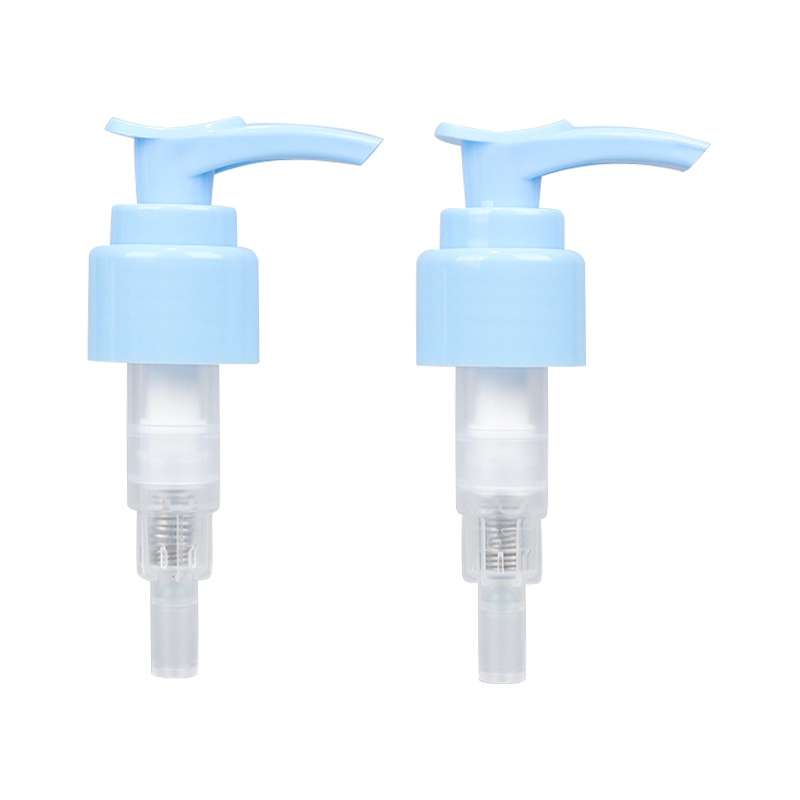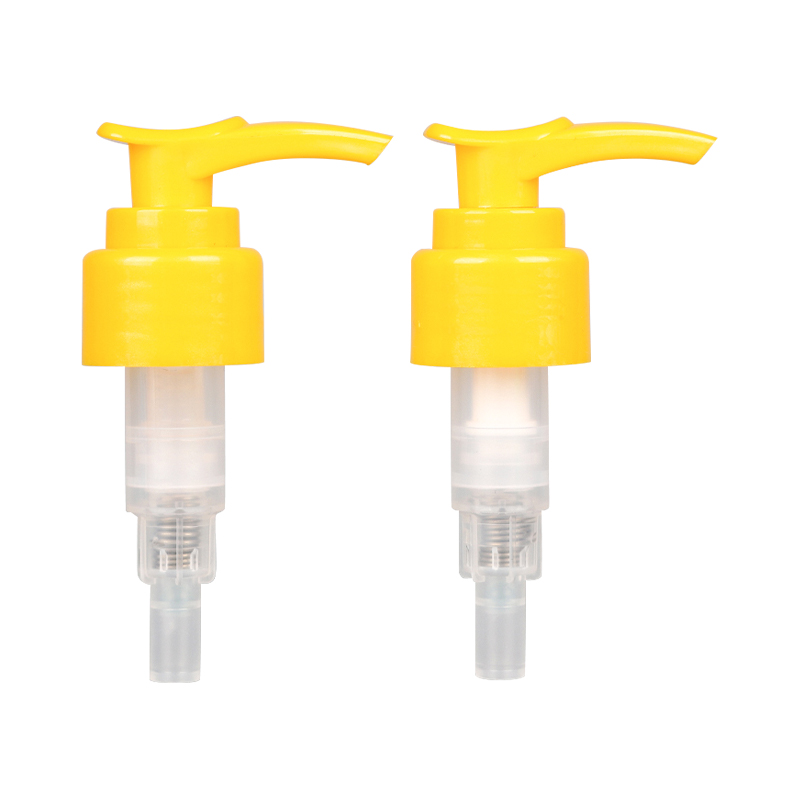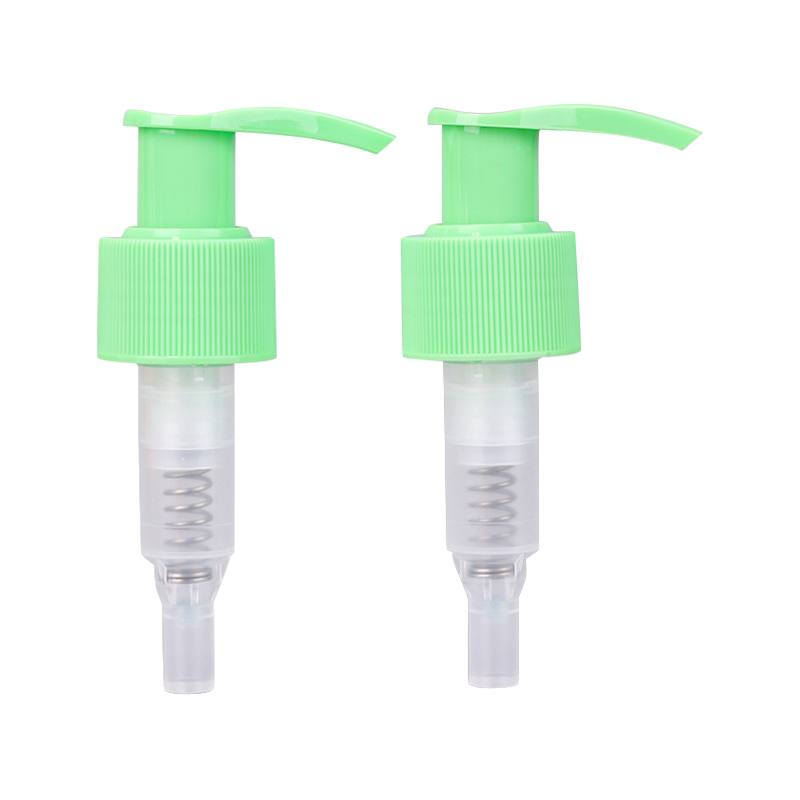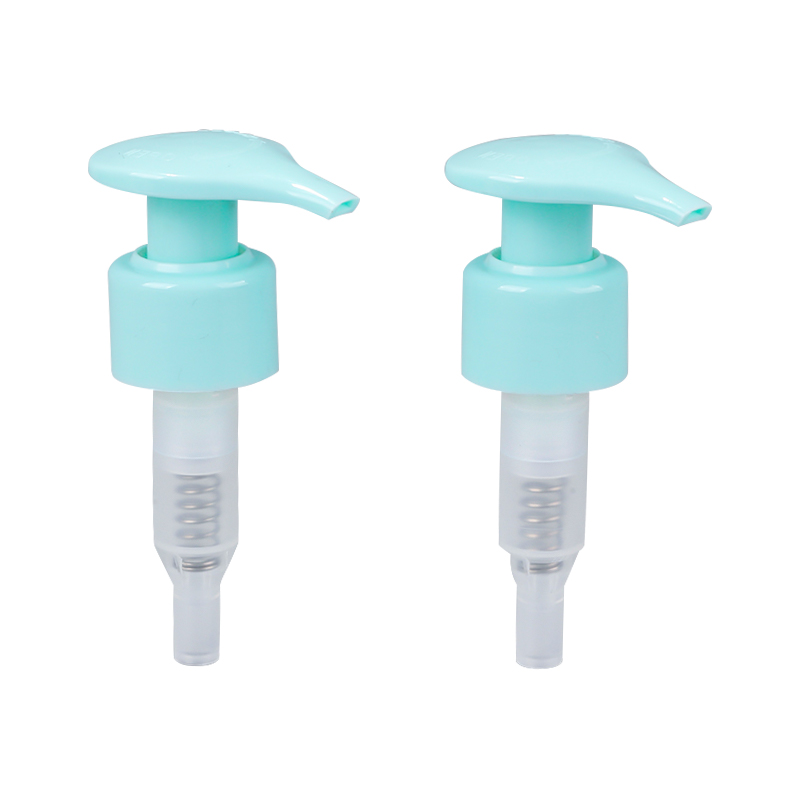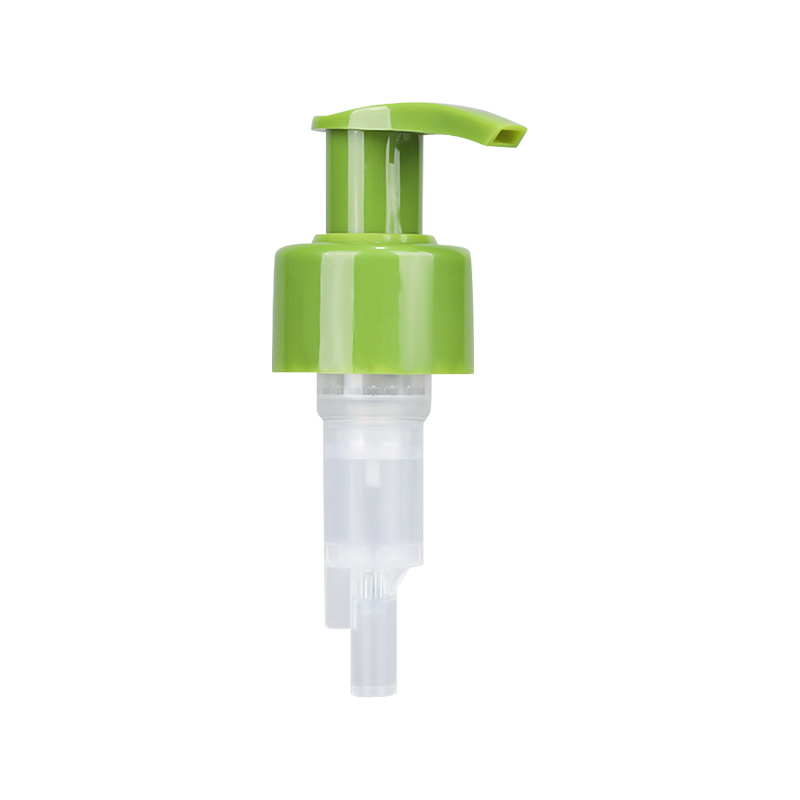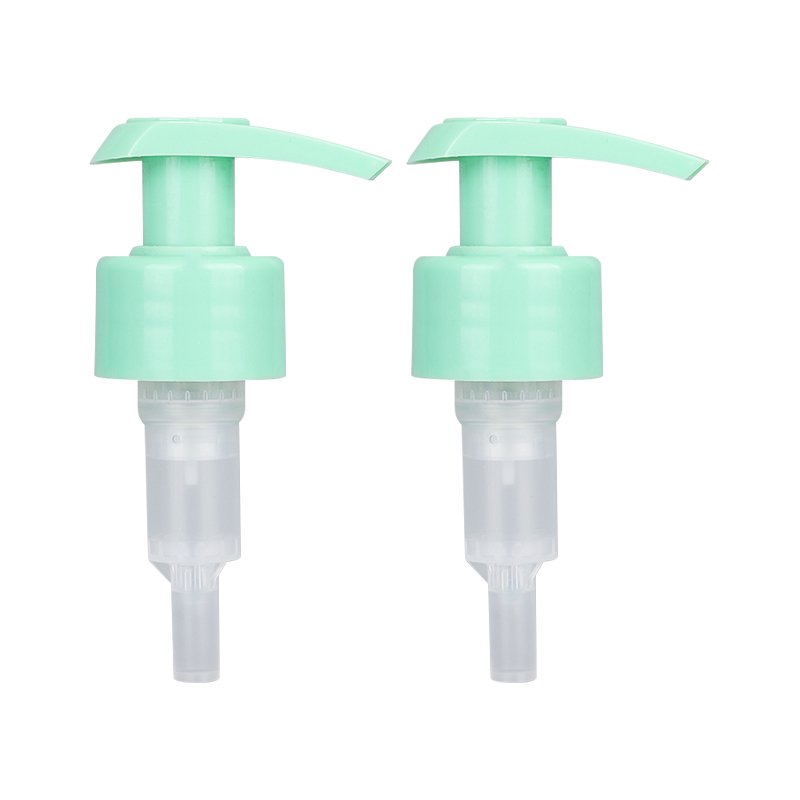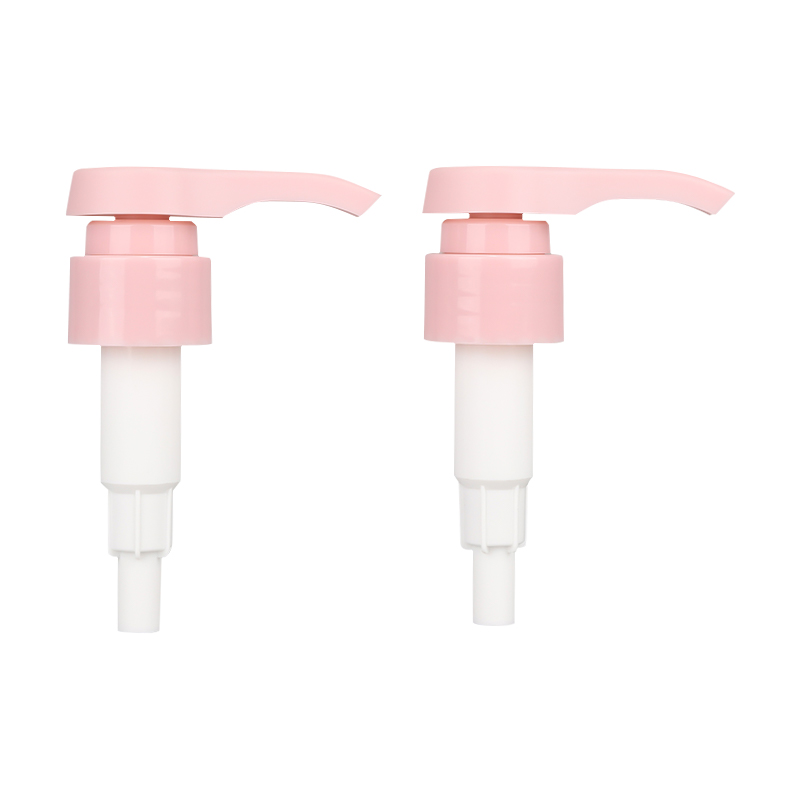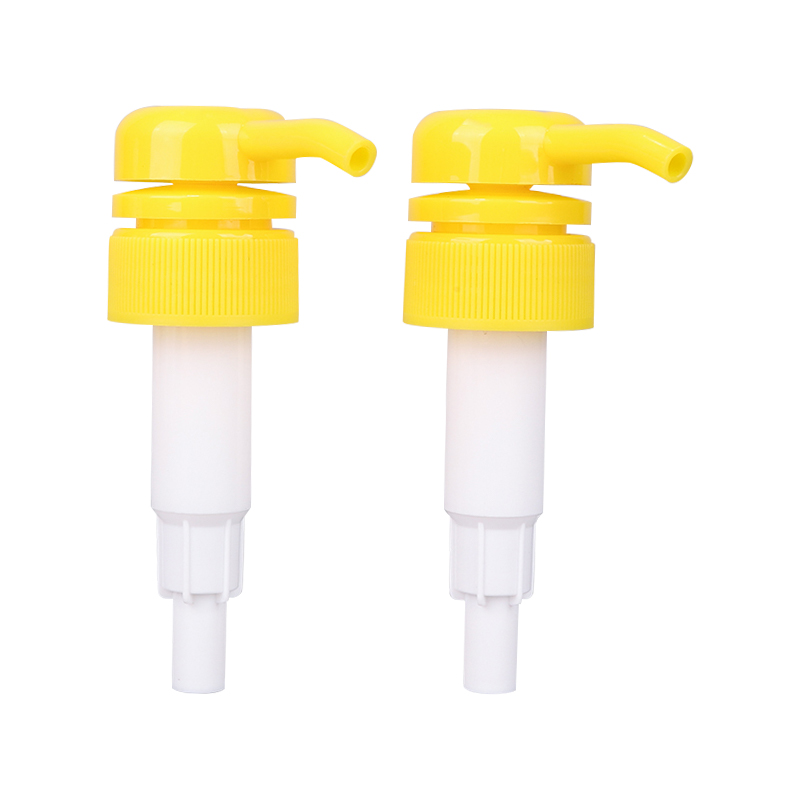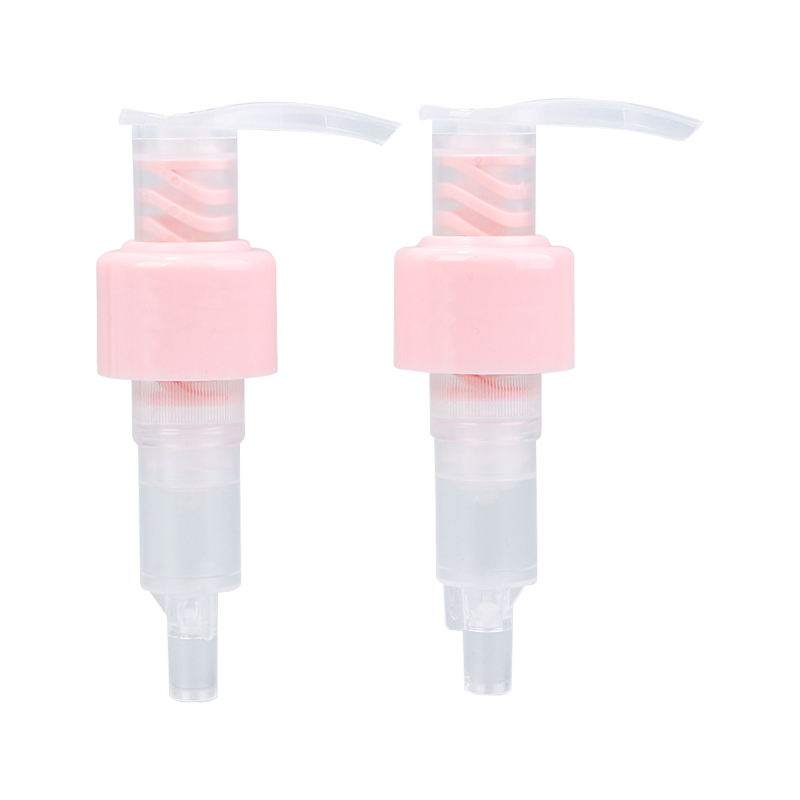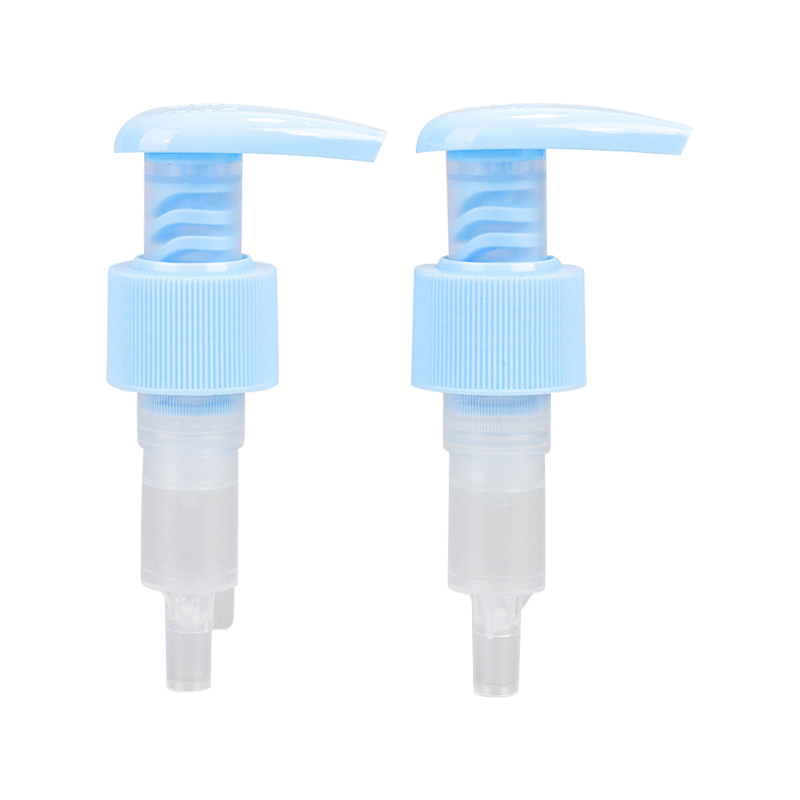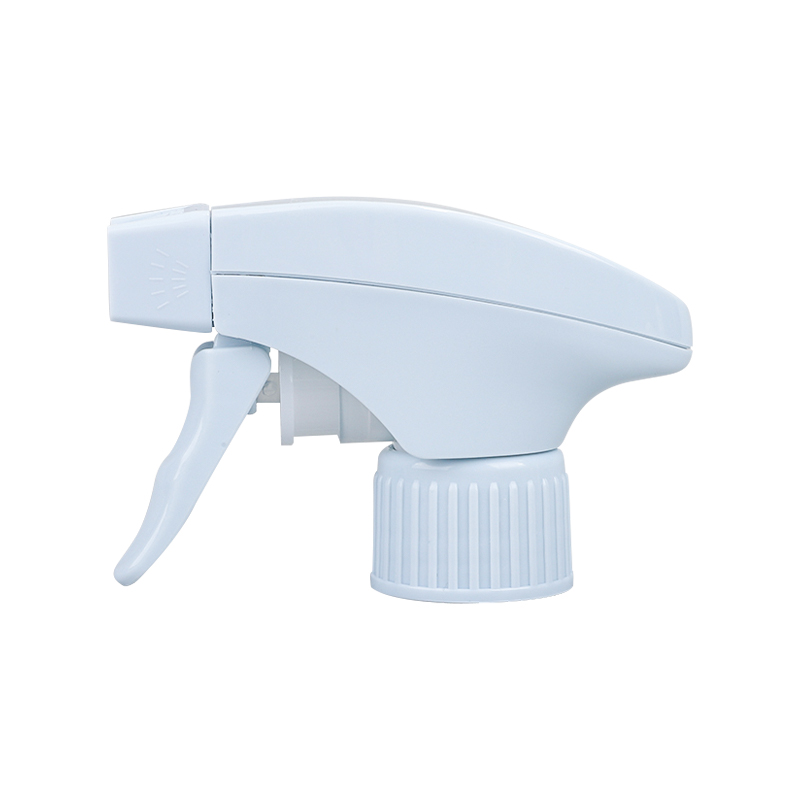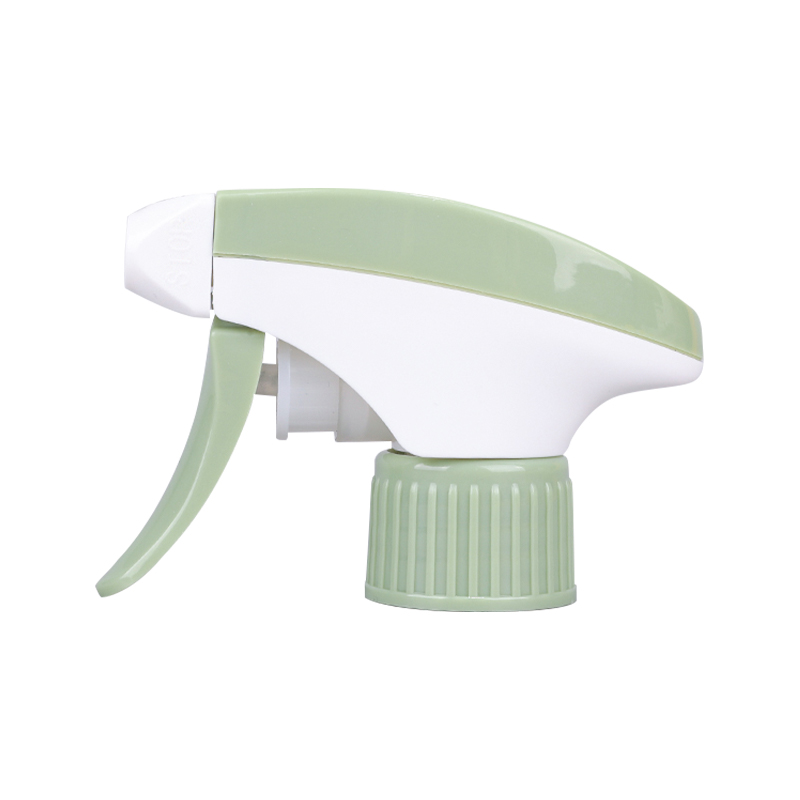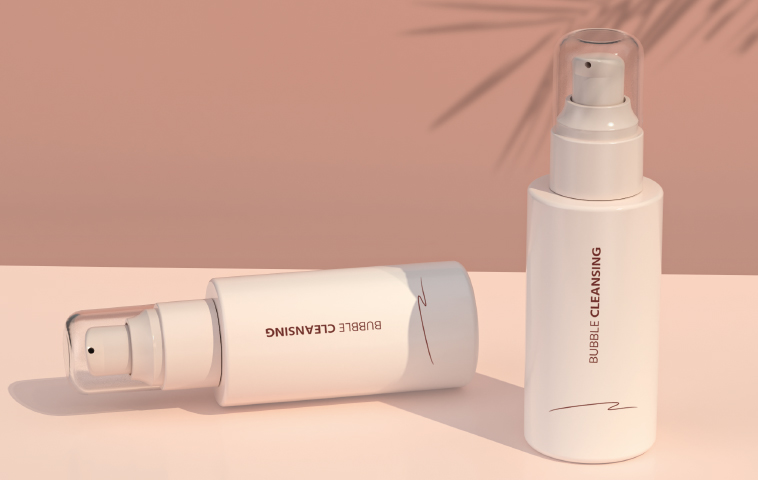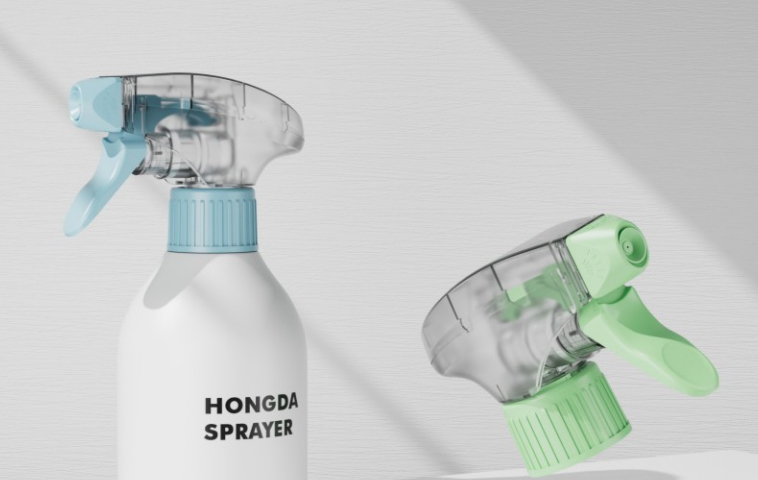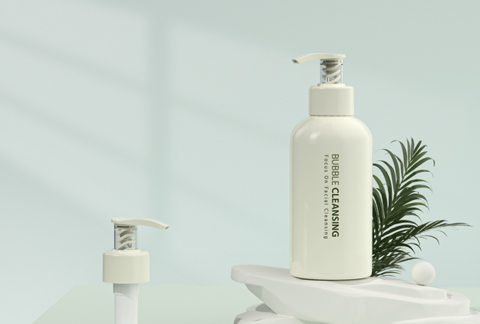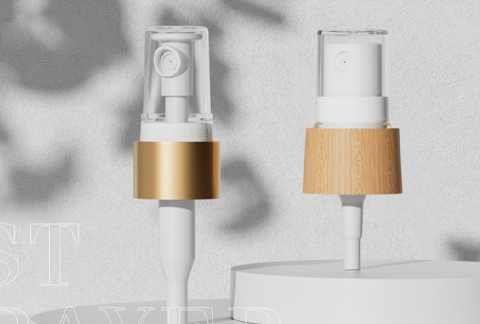Cleaning is perhaps the most crucial aspect of sprayer maintenance. After each use, especially if you're applying chemicals or fertilizers, it is essential to flush out the system. Residual chemicals left in the tank, hoses, or nozzles can solidify over time and block the flow, causing reduced spray output or uneven spraying. A thorough cleaning involves rinsing the tank, hoses, nozzles, and pump with clean water or a cleaning solution recommended by the manufacturer. For more stubborn residues, using a specialized sprayer cleaner can help break down hard-to-remove materials. Make sure to rinse the components at least 3 times to ensure that no chemical residue remains. Dry all parts thoroughly after cleaning to prevent corrosion, especially in metal components, which can rust when left damp.
The nozzle is the most important part when it comes to the consistency of spray coverage. Over time, the nozzle can become clogged with chemical residue, dirt, or debris, causing a reduction in spray pressure or an uneven application. Always check for blockages, especially when switching between different chemicals or fluids. Use a soft brush or compressed air to clean the nozzle if necessary. If the nozzle is adjustable, ensure that it changes between spray patterns smoothly. In addition, examine the hoses for abrasions, cracks, or kinks that could restrict the flow of liquid. Over time, hoses may wear out due to exposure to UV light or chemical exposure, so replace them if there are signs of damage to ensure steady pressure and prevent leaks.
The pump is responsible for generating the pressure needed to spray liquid effectively. It’s essential to monitor the pump regularly for signs of wear and tear, leaks, or loss of pressure. Check the connections between the pump and the hoses or tank to ensure there are no cracks or loose fittings. If you notice a decrease in performance, check the valves and seals for any damage or clogging. Additionally, the pump should be regularly lubricated according to the manufacturer’s guidelines to reduce friction and ensure smooth operation. If the pump becomes difficult to prime or fails to generate enough pressure, this may indicate internal damage or wear that requires a professional inspection or replacement.
Maintaining the correct pressure is essential for optimal spraying performance. Too high pressure can lead to overspray, waste, and damage to delicate surfaces, while too low pressure can cause insufficient coverage or patchy application. Regularly check the pressure gauge to ensure the pressure aligns with the recommended settings for the specific job. The correct pressure will vary based on the type of liquid being used (such as pesticides, fertilizers, or water) and the required spray pattern. If the gauge shows inconsistent readings or fluctuates, this could indicate a malfunction in the pressure regulator or a need for recalibration. Proper pressure ensures that the sprayer performs at maximum efficiency, delivering an even spray with optimal coverage.
Proper storage can significantly prolong the life of your sprayer. After use, empty the tank to avoid the liquid from solidifying inside and clogging the system. If the sprayer is to be stored for an extended period, it should be cleaned thoroughly and all components should be checked for any residual chemicals. Always store the sprayer in a cool, dry place, ideally indoors, to prevent damage from extreme temperatures, sun exposure, or freezing. Freezing temperatures can damage plastic or rubber parts, such as hoses and seals, causing them to crack or break. If storing for a long period, consider disassembling parts like the pump and nozzle to inspect them for any signs of wear. This will ensure they are not subjected to harsh conditions that could cause degradation over time.
High Output Sprayer

 English
English русский
русский Français
Français Español
Español italiano
italiano